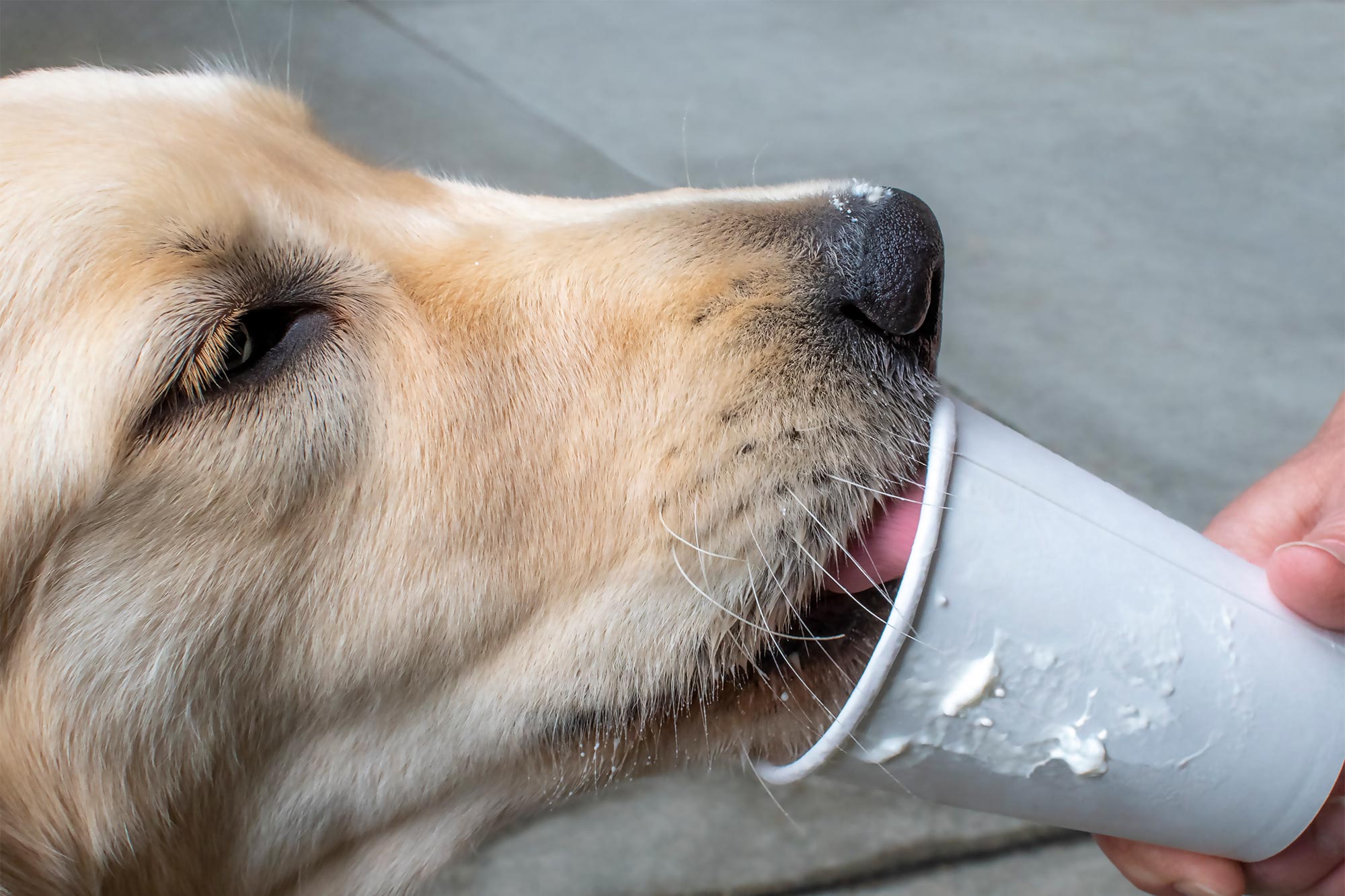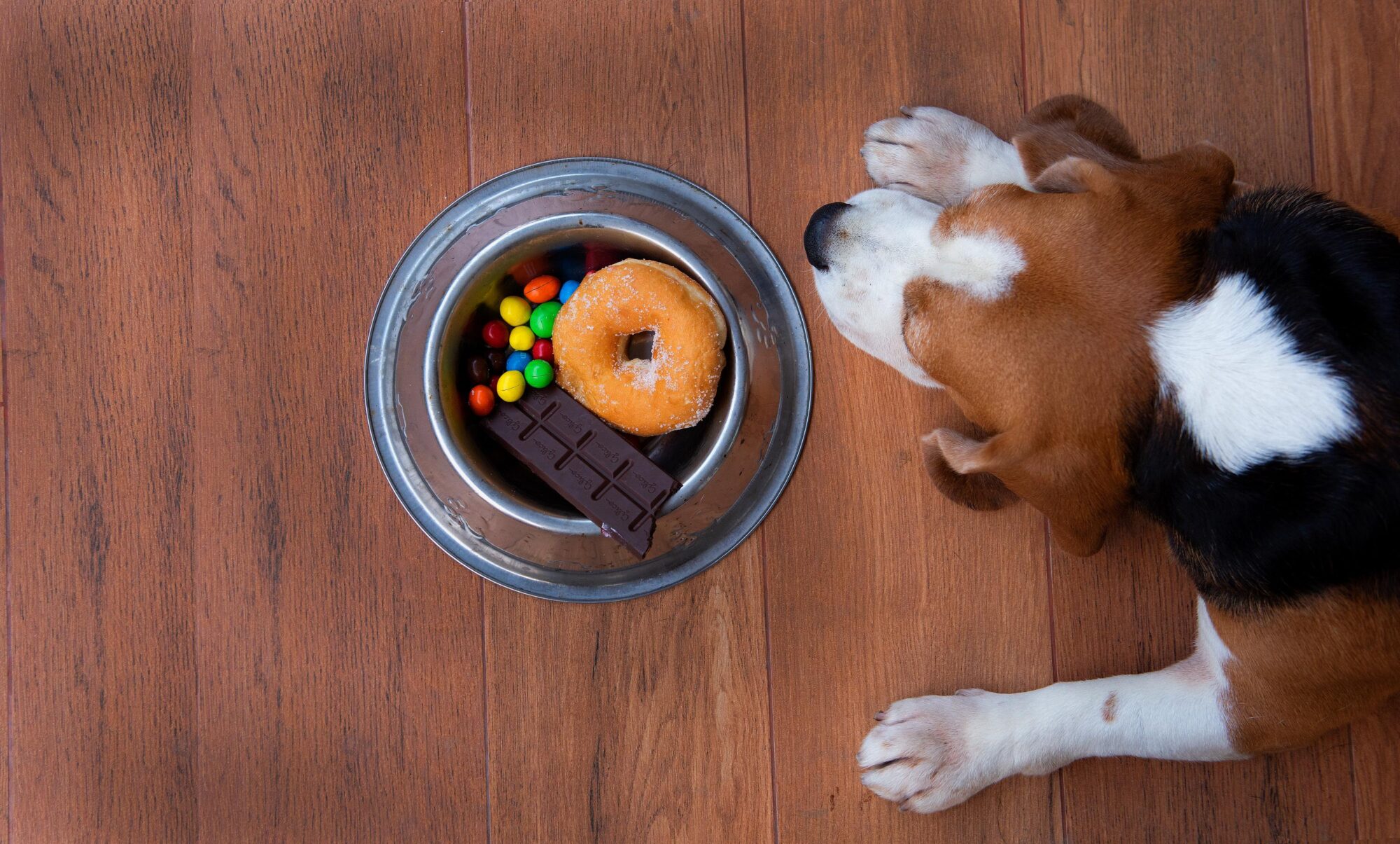Our Blog
Are Pup Cups Safe for Your Dog?

There's nothing like pulling up to a drive-thru window and having someone appreciate the cuteness of your dog. If they offer a pup cup—a doggy-sized serving of whipped cream—you might be tempted to say yes. But should you?
Yes and no.
Continue…Everything You Need to Know About Heartworm

April is Heartworm Awareness Month. Maybe—hopefully—you already give your dog or cat their heartworm prevention medication regularly. But we believe it’s important to learn what heartworm disease is and why this preventive medicine is critical to your pet’s health.
Continue…Common Pet Poisons in the Home

March is National Pet Poison Prevention Month, and to help raise awareness of common pet toxins, our team at MarketPlace Veterinary Hospital has compiled a list of the most common pet poisons found in the home.
Continue…Understanding Allergies in Pets

Pets can struggle with allergies just like we do. Their symptoms might show up differently than the run-of-the-mill sneezing and snot humans get to deal with. But the allergies are no less annoying for our furry family members!
As we head into spring, the team at MarketPlace Veterinary Hospital would like to share some know-how about managing pet allergies.
Continue…Foods That Support Pet Dental Health

Did you know that pet oral health and diet go hand in hand? The pet foods our dogs and cats eat can impact the buildup of plaque on their teeth. Choosing the best pet food for dental health can go a long way toward protecting those pearly whites.
In this blog, our team at Marketplace Veterinary Hospital shares tips on choosing foods for healthy pet teeth. And other strategies for preventing dental disease with food.
Continue…Why Socializing Your Pet Is Important

Every pet deserves a life filled with fun, friends, and fabulous new experiences! At MarketPlace Veterinary Hospital, we’re all about helping your furry friend embrace the world with confidence and curiosity. Socialization is key to making that happen. Whether you’ve got a bouncy puppy eager to meet everyone or a cautious cat who prefers a slow approach, introducing new people, pets, and places can make all the difference in their happiness and ease with new situations.
Continue…Introducing A New Pet into Your Home

Bringing a new pet home is an exciting time, and your new pet’s first experiences in their new surroundings can set the stage for their well-being going forward.
In this blog, our caring team at Marketplace Veterinary Hospital helps parents understand the nuances of introducing a new pet in their lives, whether you’re introducing pets to each other, or just hoping to make your new pet feel right at home.
Continue…How to Create a Monthly Health Checklist for Your Pet

The new year is upon us, and it’s a great time to make resolutions for ourselves—and for our pets. Keeping your pet healthy requires ongoing care. Think of it like maintenance care for yourself, or your vehicle, or your yard. Everything needs maintenance, and our pets are no exception.
A monthly pet health checklist can help you track what needs to get done for your pet to stay in excellent health. The team at MarketPlace Veterinary Hospital has a quick guide to creating a pet wellness checklist that’s easy to follow all year long.
Continue…Preparing Your Pets for Holiday Travel: Tips and Tricks

The holidays are a joyful time filled with family gatherings, celebrations, and travel. For many pet owners, holiday travel means bringing along their furry companions to share in the festivities. At Marketplace Veterinary Hospital, we understand that traveling with pets during the holidays can be both exciting and challenging. That’s why we’ve put together these helpful tips and tricks to ensure your holiday travel with dogs or cats is smooth and stress-free for both you and your pet.
Continue…Tis the Season of Giving: How You Can Help Local Animal Shelters

The holiday season is the perfect time to give back. As a pet lover, what better way to support animals everywhere than by helping your local pet shelter?
Whether it’s cat shelters, dog shelters, or shelters for other critters, these important places are always in need of donations, volunteers, and community support. And there are all sorts of ways to help!
The team at MarketPlace Veterinary Hospital has a few ideas for how you can help make a difference this holiday season.
Continue…Autumn Armor: Effective Flea and Tick Prevention Strategies for Pets

Fall is the season for change in so many ways! But what you do in the autumn for flea and tick prevention for pets is really the same as what you do in the spring and summer.
Because we aren’t in an area that experiences an entire season of hard freeze in the fall or winter, the chance of encountering fleas and ticks in the environment is always there. Plus, even when it’s chilly outside, they may want to join us in our warm homes–ick!
Continue…
